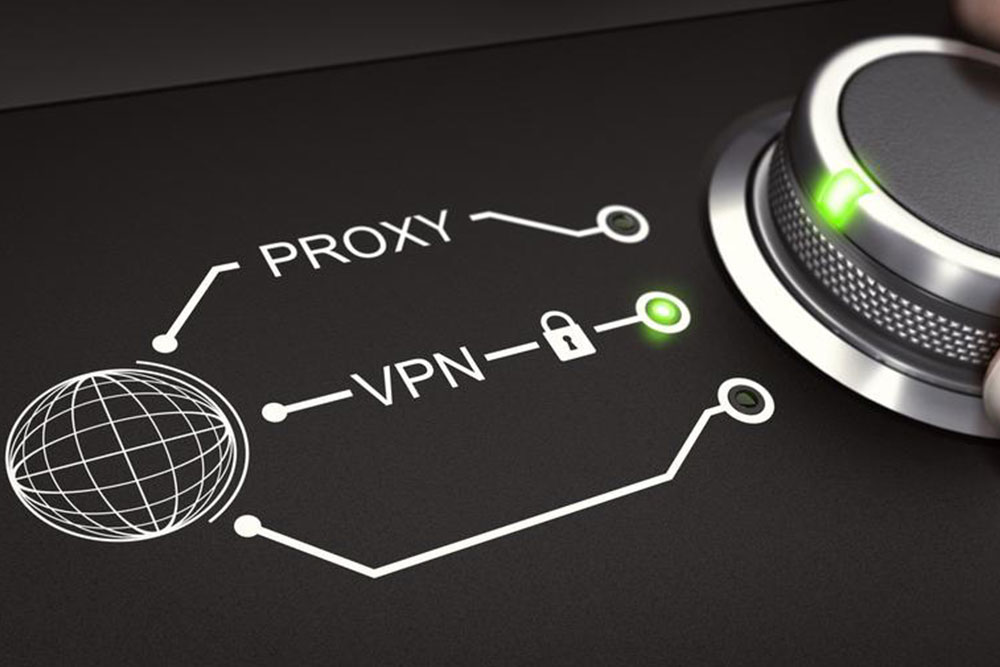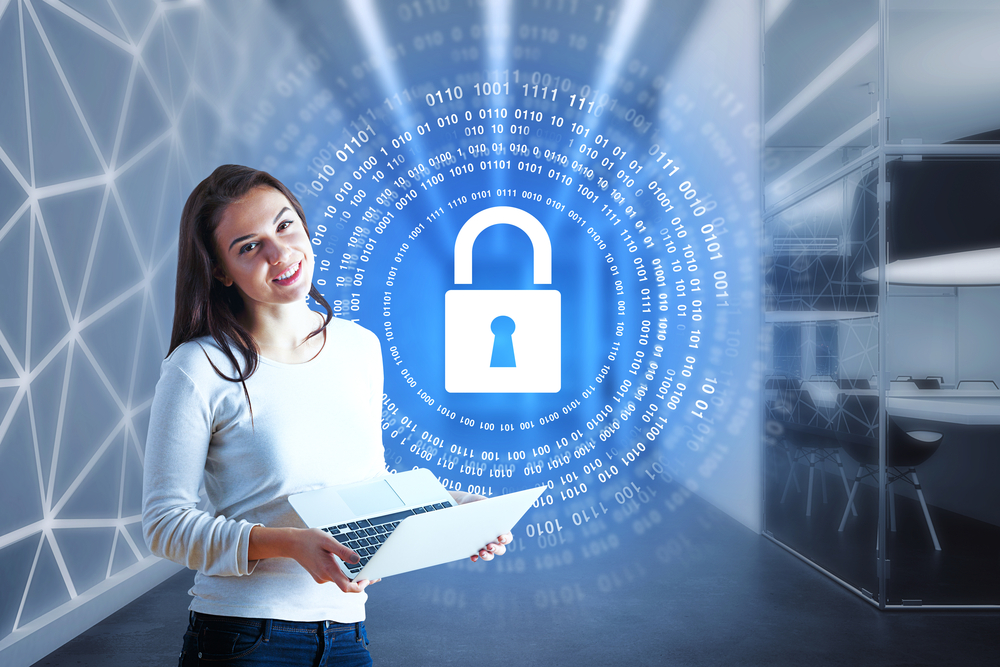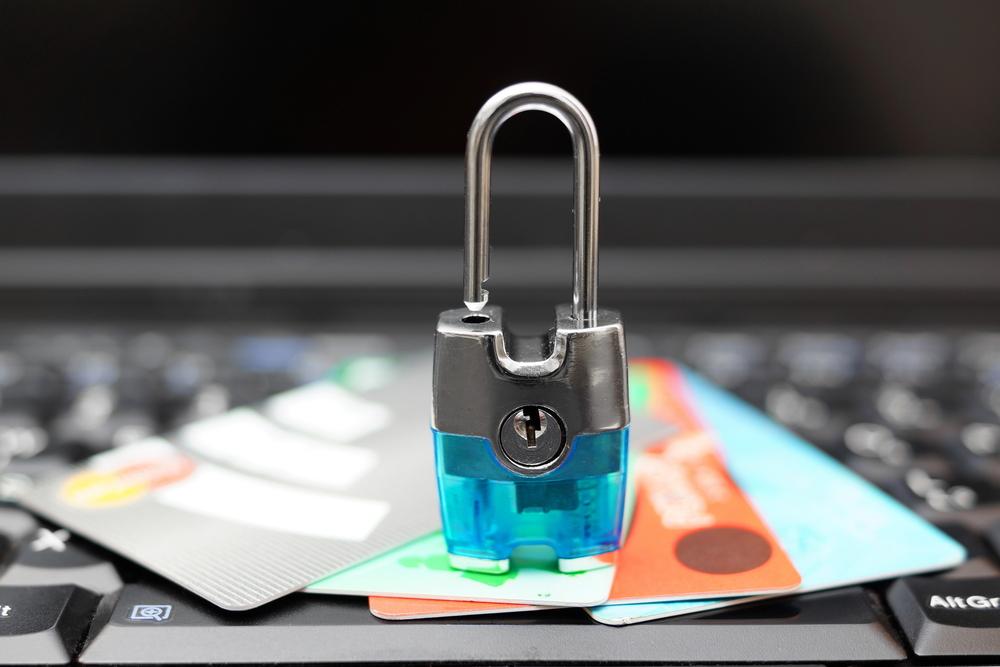A Comprehensive Guide to Online Banking Security: Protecting Your Financial Data in a Digital Age
Online banking provides unparalleled convenience but comes with cybersecurity risks like phishing, malware, and data breaches. This comprehensive guide covers essential security practices, common threats, and how consumers can protect their financial data effectively. Learn about technological safeguards implemented by banks and user responsibilities to stay safe while enjoying the benefits of digital banking in a secure manner.

Understanding Online Banking Security and Risks
Online banking has revolutionized the way consumers manage their finances, offering unparalleled convenience, speed, and accessibility. With just a few clicks, users can transfer funds, pay bills, check balances, and even apply for loans from the comfort of their homes or on the go through mobile apps. However, these advantages come with inherent security concerns that users must understand and address to ensure their financial information remains protected in a rapidly evolving digital landscape.
While online banking platforms generally prioritize security through advanced technological measures, the risk of cyber threats such as identity theft, fraud, malware, and phishing scams persists. Cybercriminals are continuously developing new tactics to exploit vulnerabilities, making it crucial for consumers to stay vigilant and adopt best practices for safeguarding their sensitive data. This comprehensive guide explores the key aspects of online banking security, common threats, and practical steps you can take to protect yourself effectively.
High-profile data breaches, such as the massive 2017 Equifax scandal, serve as stark reminders of the importance of consumer vigilance in the digital age. These incidents highlight how cybercriminals can compromise sensitive information on a large scale, emphasizing the need for individuals to be proactive in protecting their online banking activities.
The proliferation of phishing scams is another major concern. These scams often involve unsolicited emails, messages, or phone calls that impersonate bank officials or legitimate companies, tricking users into revealing login credentials, personal identification numbers (PINs), or other confidential data. Ransomware attacks, where malicious software encrypts users' files and demands payment for decryption, are also on the rise, often spreading through suspicious links or infected email attachments.
Despite these threats, a combination of technological safeguards and user awareness can significantly mitigate risks. Banks employ multiple layers of security measures, including data encryption, secure login protocols, biometric authentication, real-time fraud detection systems, and account alerts. These measures are designed to detect and prevent unauthorized access and suspicious activities.
Nevertheless, the ultimate responsibility for maintaining security largely rests with individual users. Simple yet effective practices—like updating antivirus software regularly, creating strong and unique passwords, avoiding access over public Wi-Fi networks, and verifying websites' security status—are essential for defending against cyber threats. Always look for "https" in the URL and the padlock icon before entering sensitive information, signifying a secure connection.
To stay updated on the latest security developments, users should follow reputable sources of cybersecurity news, enable account alerts for suspicious activities, and log out after each online banking session. Additionally, regularly reviewing account statements helps detect any unauthorized transactions early, enabling prompt reporting and resolution.
As technology continues to advance, so do the methods employed by cybercriminals. Therefore, ongoing education about potential risks and proactive measures remains the best approach to secure your online banking experience. Combining technological protections provided by banking institutions with individual vigilance ensures your financial data stays safe in an increasingly digital world.
Remain cautious of phishing emails asking for personal or banking information.
Ensure your device uses secure, encrypted connections when conducting online banking transactions.
Change your passwords regularly and use strong, complex combinations.
Avoid conducting sensitive banking activities over public Wi-Fi networks to prevent interception of data.
Empowering yourself with knowledge and adopting best cybersecurity practices will help you navigate online banking securely, enjoy the convenience it offers, and protect your financial assets from cyber threats.
Keep yourself informed about the latest in banking security by liking our Facebook page and following us on Twitter. Stay updated on cybersecurity tips, new threat alerts, and best practices for a safe digital banking experience.





